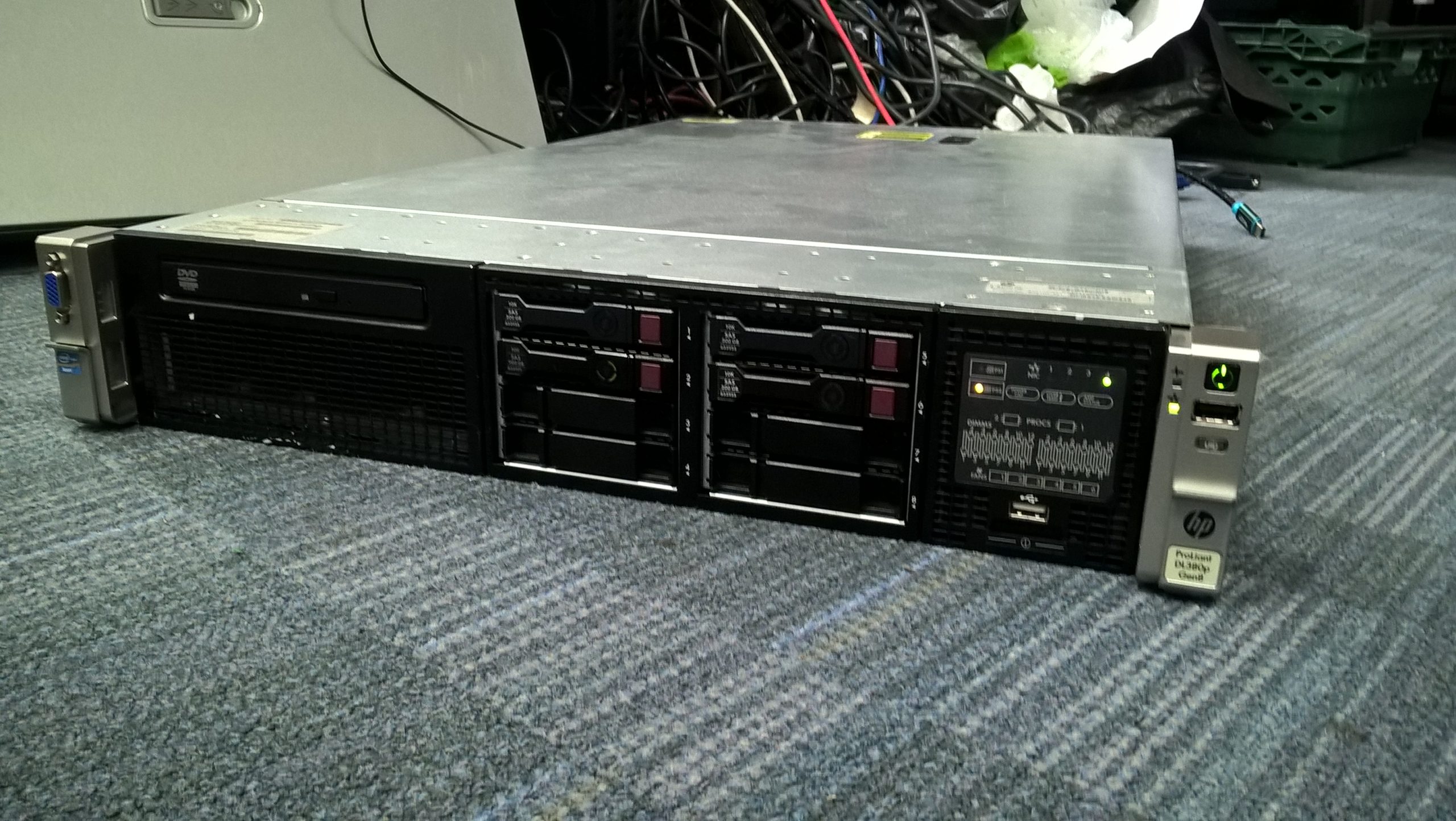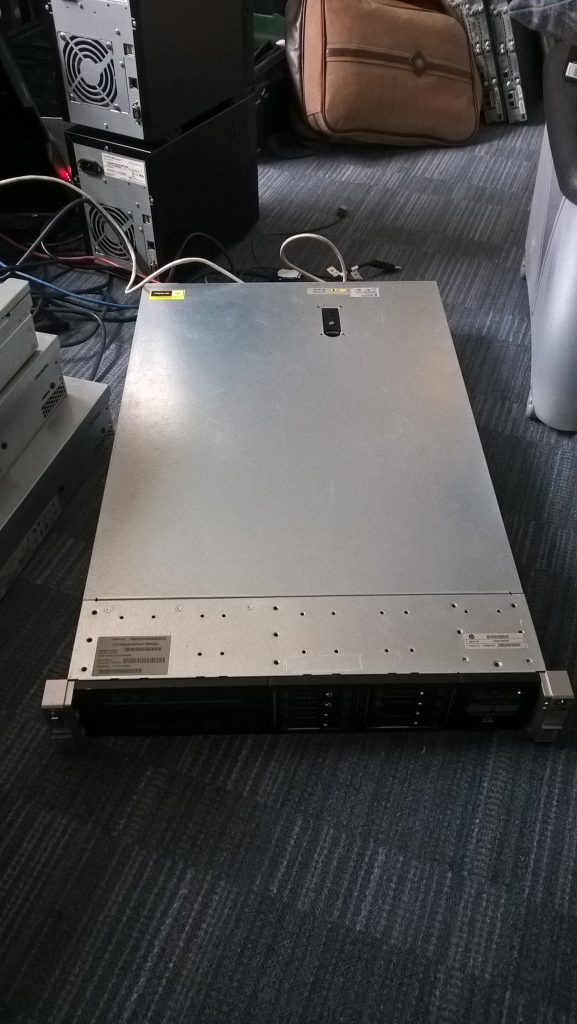Title: Dealing with a Swelling Power Bank: Immediate Steps and Long-term Safety Measures
Introduction
In the era of digital reliance, power banks have emerged as indispensable gadgets, providing much-needed juice to our devices while on the move. Their portability and convenience have made them a staple in our everyday carry. However, the compact power cells housed within these little powerhouses can sometimes behave unpredictably, presenting unexpected challenges—like the dreaded battery swelling. Imagine sitting in a classroom, absorbed in lectures, when you suddenly notice your power bank has swelled to alarming proportions. The situation can be both perplexing and daunting, especially if you’re unsure of the correct course of action. This blog post delves into the immediate steps you should take when faced with a swelling power bank and provides insights into long-term safety measures.
Understanding the Phenomenon: Why Power Banks Swell
Before discussing the steps to take, it’s crucial to understand why power banks swell. Most power banks utilize lithium-ion or lithium-polymer batteries due to their high energy density. While highly efficient, these battery types have a downside: they can become unstable when damaged or improperly charged.
-
Chemical Reactions: Overcharging, deep discharging, or manufacturing defects can cause electrolyte breakdown within the battery. This process releases gases like oxygen and carbon dioxide, causing the battery to swell.
-
Physical Damage: Dropping your power bank or exposing it to extreme temperatures (both high and low) can damage the battery cell, potentially leading to swelling.
-
Poor Quality Components: Cheaper power banks may use substandard components, increasing the risk of battery instability and swelling.
Immediate Steps to Take When You Notice a Swelling Power Bank
Finding yourself with a swelling power bank can be startling, especially in a setting such as a school where resources might be limited. Here’s what you should do:
Stay Calm and Assess the Situation
Panic can lead to poor decision-making. Stay calm and contain your curiosity by not fiddling with the power bank too much.
Do Not Use the Power Bank
Refrain from trying to charge it or connect it to any device. Trying to use a swelling power bank can escalate the problem, possibly even leading to a fire.
Isolate the Power Bank
If possible, carefully remove the power bank from your bag using caution. Place it in an open, safe area away from flammable materials. Ensure the room is well-ventilated to dissipate any potentially harmful gases.
Avoid Puncturing the Battery
Do not puncture or tamper with the swelling battery. The gases inside are under pressure, and puncturing can cause an explosion or fire.
Inform Staff or Authorities
If you’re in an institution like a school, inform a teacher or school administrator. They may have protocols in place for handling such situations.
Long-Term Safety Measures: Preventing Future Swelling
Prevention is better than cure, and avoiding a repeat of this situation is key. Here are some measures to mitigate the risk of power bank swelling:
Invest in Quality
Consider investing in power banks from reputable manufacturers. Quality brands usually offer more reliable products that meet safety standards.
Pay Attention to Specifications
When buying a power bank, look for features such as overcharge and over-discharge protection, short circuit protection, and certifications like CE, FCC, and RoHS. These features and certifications ensure higher safety standards.
Regular Inspection
Periodically check your power bank for any signs of wear or damage, especially if it has experienced drops or overheating.
Proper Charging Habits
- Do Not Overcharge: Use chargers that are compatible with your power bank’s specifications and unplug the charger once the power bank is fully charged.
- Avoid Extreme Temperatures: Keep your power bank away from direct sunlight or freezing temperatures to prevent damage to the battery cells.
- Regular Use: Lithium batteries last longer when used regularly. If a power bank is left unused for prolonged periods, it should maintain partial charge and be recharged every few months.
Disposal and Recycling
Once a power bank starts showing signs of damage or swelling, discontinue its use and dispose of it properly. Swollen power banks should be considered electronic waste. Although immediate facilities might not be available (like in a school), plan to take the power bank to a designated e-waste recycling center as soon as possible.
Conclusion
A swelling power bank is a palpable reminder of the potential risks associated with electronic devices that house powerful batteries. However, by understanding the nature of these devices and exercising due diligence in their use and maintenance, the risks can be significantly mitigated. Safety should always precede convenience, and by following the outlined immediate steps and long-term measures, you can ensure a safe and productive relationship with your portable power devices. Always remember that dealing with electronic devices involves a level of responsibility, not just for our safety but for that of those around us and the environment.
Share this content:




Thank you for sharing your experience with a swollen power bank; it’s a serious issue that many might overlook until they find themselves in a similar situation. First and foremost, it’s great that you’re looking for the right steps to take. Here’s a quick reference to reinforce the immediate actions you should follow:
As for prevention in the future, investing in quality power banks from reputable brands is crucial. Look for safety certifications and consider regular checks for physical damage. Proper charging habits, such as avoiding extreme temperatures and ensuring that the power bank is not overcharged, play a vital role in extending its longevity. Finally, remember to dispose of any damaged power banks responsibly.
I’m sorry to hear about your power bank swelling. Safety is the top priority in such situations. Here are the immediate steps you should follow:
In the future, consider investing in high-quality power banks with proper safety certifications (like CE, FCC, RoHS) and features such as overcharge and over-discharge protection. Regularly inspect your devices and avoid exposing them to extreme temperatures or physical damage to help prevent swelling occurrences.
If you notice any signs of damage, swelling, or performance issues with your power bank, it’s best